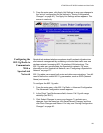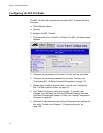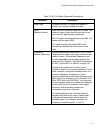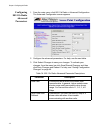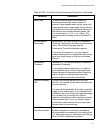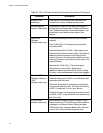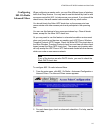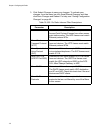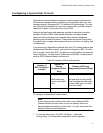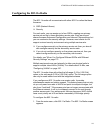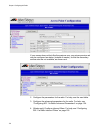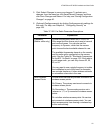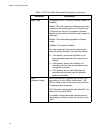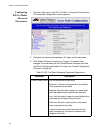
AT-WA7500 and AT-WA7501 Installation and User’s Guide
117
Configuring a SpectraLink Network
SpectraLink wireless telephone systems simplify network infrastructure
and network management by combining voice and data traffic over one
wireless network, leveraging 802.11b wireless LAN technology. You use
your SpectraLink telephone to make and receive calls, just like a regular
telephone, subject to the restrictions of your PBX.
SpectraLink telephones and gateways operate as adjuncts to existing
wireless LANs and PBXs. SpectraLink networks use digital spread
spectrum radio technology and integrate with enterprise telephone
switching and networking systems. These features provide voice quality
throughout the coverage area because there are no clicks, no fading, and
no dead spots.
If you are using a SpectraLink network with your ATI access products and
wireless data collection network, you need to configure an 802.11b radio
port to accept voice traffic. 802.11b radios can support both voice and data
communications. You still need to define the normal 802.11b parameters,
such as SSID (Network Name) and security.
To configure a SpectraLink network Note
Note
If your access point contains dual radios, use a different SSID
(Network Name) for each radio so you can specify which end
devices/telephones attach to which radio. You also must enter the
Network Name on each telephone.
1. 1 From the main menu, click 802.11b Radio > Advanced
Configuration. The Advanced Configuration screen appears.
Table 36. Number of Phones Supported
Number of
802.11b Radios
Installed
Number of
Phones
Supported (Voice
Only)
Number of Phones
Supported (Voice and Data)
2 14 (7 per radio)
Both radios are
set to voice traffic
only.
7
Set one radio to voice traffic
only. Dedicate the other radio
to data traffic only or to data
and voice traffic.
177



